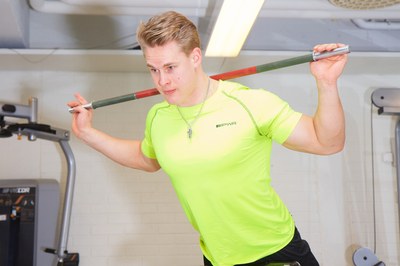
Research news: Nonmanual workers and high educated live longer even at the age of 90 years
This result is based on the Vitality 90+- study in which 1276 men and women participated in Tampere. Follow-up period was three years. The association between social class and education with all-cause mortality and with the two most common causes of death, cardiovascular diseases and dementias was investigated. Results show higher all-cause mortality for manual workers and for lower educated. Differences in physical functioning mainly explain all-cause mortality differences. Especially dementia mortality is higher for manual workers. Differences in cardiovascular mortality were smaller even though differences of this kind are often reported for younger age groups. It seems that socioeconomic inequalities persist in mortality for 90+-year-olds, but their magnitude varies depending on the cause of death and the indicator of socioeconomic status.
The findings demonstrate that even in the very old population that has been exposed to social selection and that experiences very high basic mortality, a social position is a major determinant of the length of remaining life.
Results were published in international scientific Journal:
Enroth L, Raitanen J, Hervonen A, Nosraty L & Jylhä M. 2014. Is Socioeconomic Status a Predictor of Mortality in Nonagenarians? The Vitality 90+ Study. Age and Ageing. Published online July 7, 2014. doi: 10.1093/ageing/afu092.
Further information:
Doctoral student Linda Enroth, +358 401 901 647, linda.enroth@staff.uta.fi
School of Health Sciences and Gerontology Research Center,
University of Tampere
Finland

